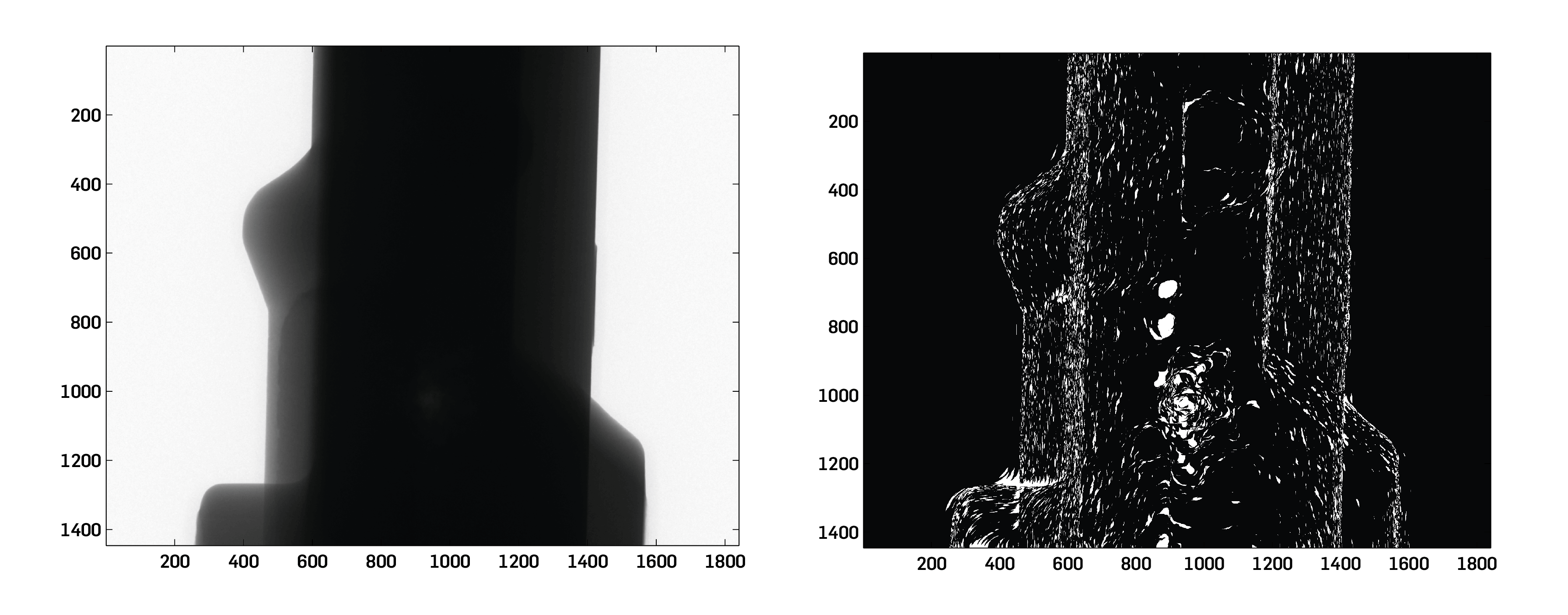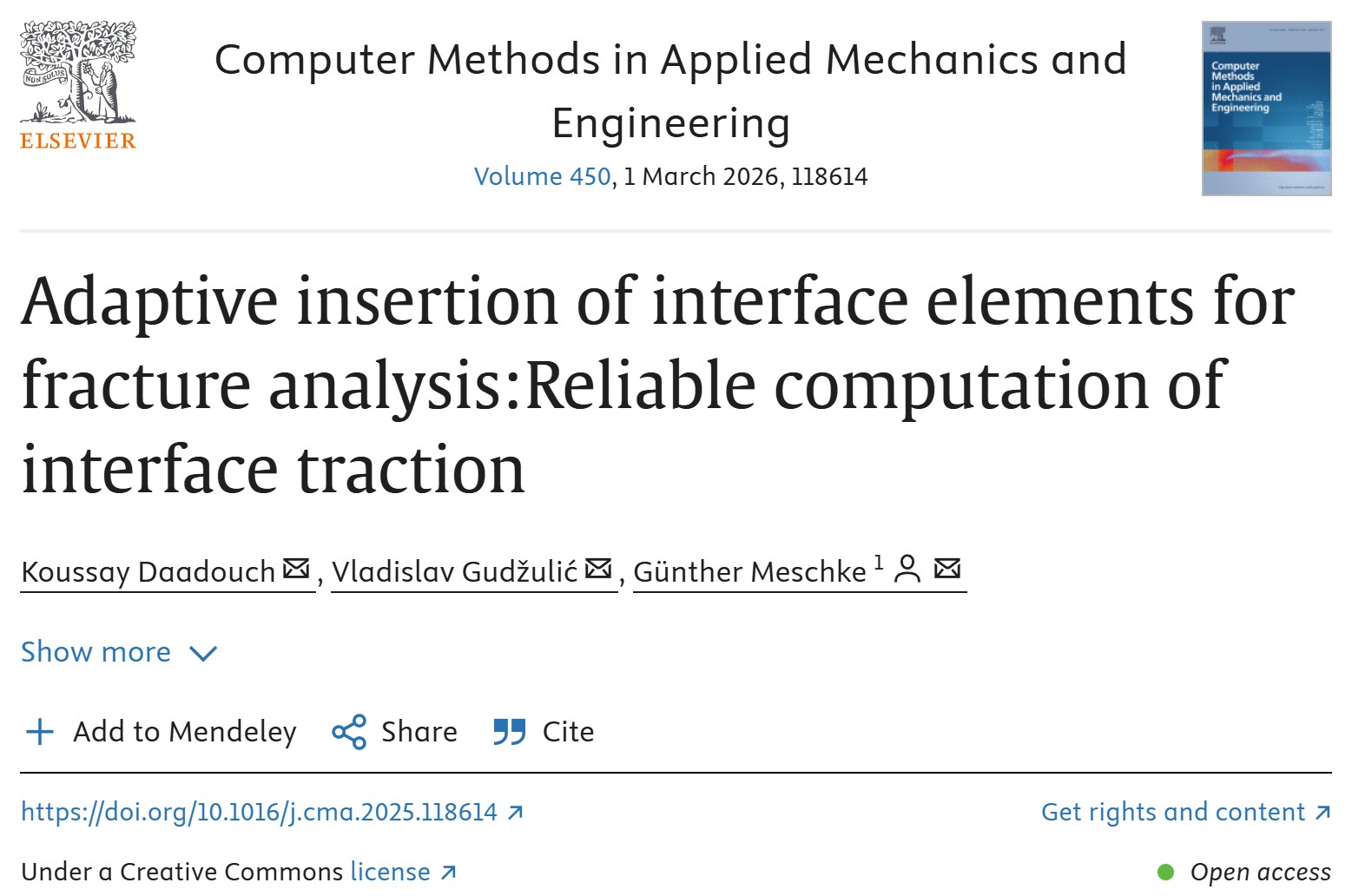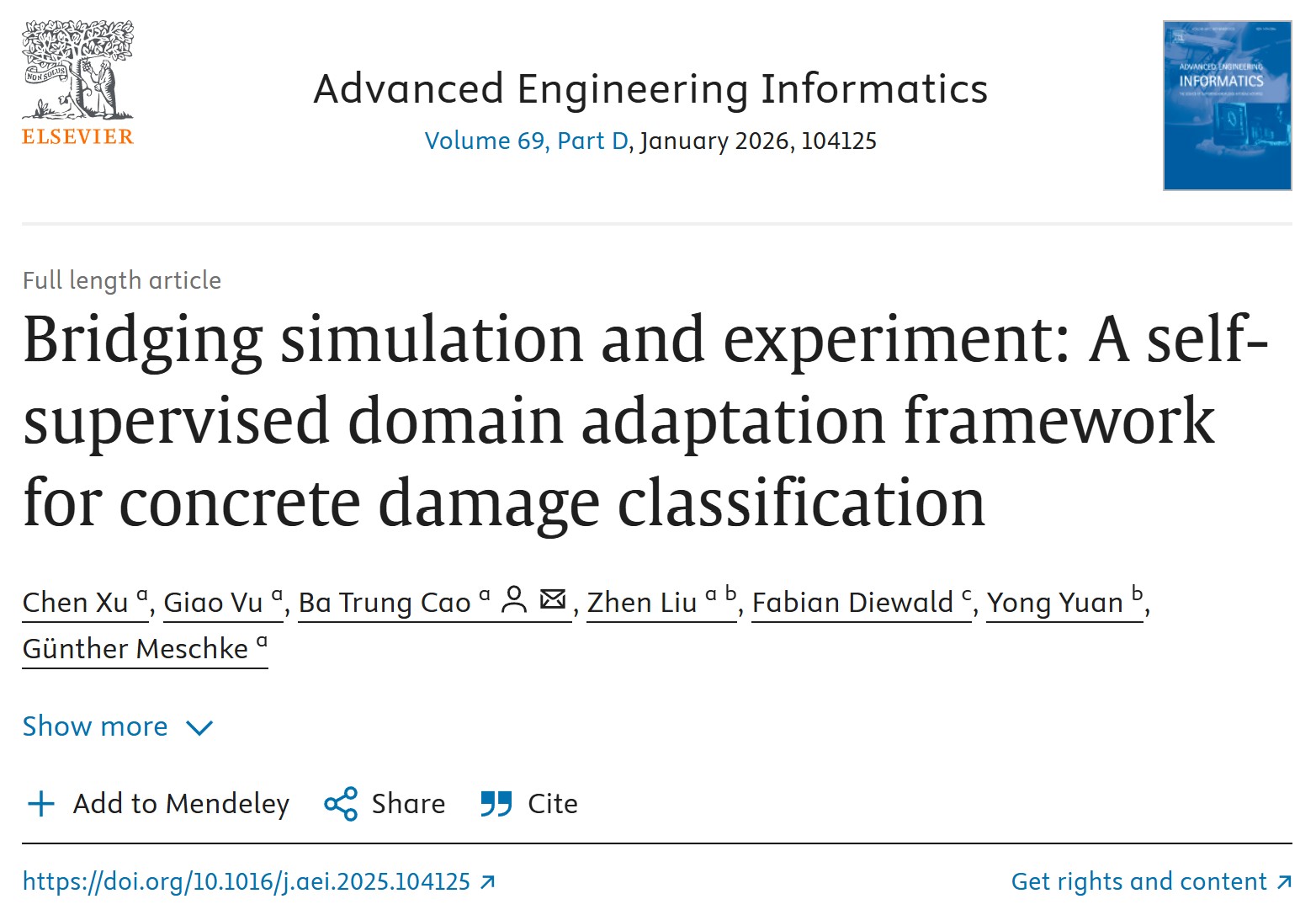
13.12.2016
Dr. Stanislav Harizanov from Bulgarian Academy of Sciences will hold a guest lecture in the framework of SFB 837 about 'Extracting trustful structural information from high-resolution CT data via Pattern Recognition'.
Image processing is a modern and extremely active scientific field that combines research techniques from mathematics and informatics. Technological progress and the everlasting striving for improving the image quality are the driving forces for the vast and permanent development of this field. The practical value of a given digital image is directly related to its resolution. Increasing the resolution of modern equipment leads to the generation of large-scale images, the processing of which requires serious computer resources with respect to both time and memory. Algorithms that were considered efficient until yesterday, are unable to cope with these new challenges today. Therefore one should constantly look for alternatives.
In Computed Tomography (CT), due to the specifics of data acquisition, the generated 2D radiographic images are quite noisy and Poisson noise is dominant. If not removed independently for each of them, this Poisson noise accumulates in the final 3D volume reconstruction, loses its structure, and cannot be properly treated. As a result, vital structural information about the scanned object is lost in its digital 3D reconstruction.
In this talk, innovative techniques for feature extraction from 2D and 3D CT data will be discussed. They are related to both supervised and unsupervised learning, as for the 3D setting labeled "training" data are used, while in the 2D setting such data are not a priori available. The proposed mathematical models are based on constrained Total Variation (TV) minimization, while the investigated numerical algorithms are within the class of the Primal-Dual splitting algorithms and allow for efficient parallel implementation. Numerical results on real industrial input data as well as on synthetic data structures are presented and analyzed.
SFB_837_Gastvortrag_Harizanov.pdf

"Adaptive insertion of interface elements for fracture analysis: Reliable computation of interface t
more...
Chen Xu, Giao Vu, Ba Trung Cao, Zhen Liu, Fabian Diewald, Yong Yuan, and Günther Meschke are the au
more...